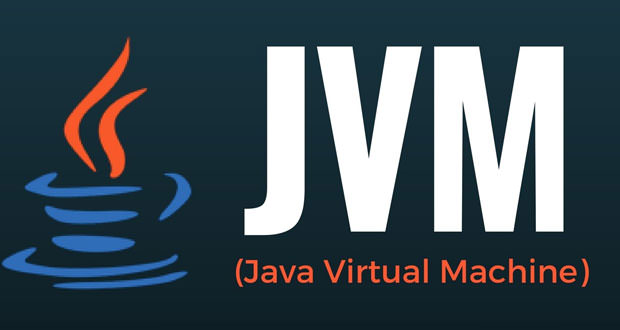How to download and install the Java Virtual Machine on Windows
Computer science has now become a cornerstone in everyone’s life, and we are used to using the Internet to do everything. The basis of all this is the use of specific programming languages.
In this guide, we will take the first steps together to use one of the most common and used languages: JAVA. To work with this language you need to have a Java Virtual Machine installed on your PC. The JVM is an ad-hoc platform designed for the Java language.
The compiler translates the sources into files that can be run on the JVM. These will not have the classic extension that we are used to seeing (.exe). The operating system we’re going to operate on is Windows.
Let’s proceed with downloading and installing the JVM. The Java Virtual as we have already anticipated is a virtual machine that tends to run programs translated into bytecode after a compilation in computer science.
The program or rather this virtual machine tends to use a simple text editor to write or implement one or more java classes. Let’s see how to download and install the java virtual machine on windows.
The download
The first thing to do is download and install the Java Virtual Machine (JVM) for Windows. To download we must follow the link and click on the ” Download ” button. Once you have downloaded our software, we can begin to follow this guide in detail. First we need to go to the official website of the virtual machine and start the download. The download is safe as far as viruses are concerned as it is downloaded from the website of the parent company and producer.
The installation
We start the software installation with the default settings. Once the installation is complete, the ” environment variables ” must be modified appropriately. Then click with the right mouse button on ” My Computer ” and, from the drop-down menu, select the Properties item with the left mouse button. In the window, select the ” Advanced ” folder and click on the ” Environment variables ” button.
In theory, at this point another screen should appear, explained in step 3 of this guide. Installation like all the others or most programs tend to be the same. We only need to follow the steps that are shown to us on the screen and accept the conditions. Once we did this, we could move on to starting the program after waiting for the installation to complete.
Classpath
Create a new CLASSPATH variable. The value of the variable must be set with a simple dot ( ” . ” ). To do this, simply click on the ” New … ” button and enter the parameters just indicated. This variable allows the compiler to create files. Class in the same folder as the source file. Finally modify the content of the ” Path ” variable by adding the following string of characters at the end of the existing value (see figure): C:\Programs\Java\jdk1.6.0_05\bin
The previous part to ” \bin ” is the folder where the package is installed: it is necessary to replace that path with the address where the JVM for Windows is installed on our machine.
Click on the ” OK ” button in all windows. To start programming you can also use the Windows ” Notepad ” but we recommend using an IDE like JCreator or Eclipse (the latter is a bit more complicated to use).
There are numerous guides on youtube that can facilitate some of these illustrated steps. This variable is a type of environment variable that has the job of describing a list of directories in which the Java compiler can search for any classes within the directory itself when compiling or translating a text. So these variables or classes are all contained in order within a library also called directory.
Variable Path
Finally modify the content of the ” Path ” variable by adding the following string of characters at the end of the existing value (see figure): C:\Programs\Java\jdk1.6.0_05 bin
The previous part to ” \bin ” is the folder where the package is installed: it is necessary to replace that path with the address where the JVM for Windows is installed on our machine. Click on the ” OK ” button in all windows. To start programming you can also use the Windows ” Notepad ” but we recommend using an IDE like JCreator or Eclipse (the latter is a bit more complicated to use).
The Path variable can be set using the utily system command inside the control panel of your operating system as in this case of windows. The modification of the path system variable generally does not tend to be essential for computers installed inside a Windows or Mac OS X operating system. Moreover, even this variable like the previous one or ” classpath ” tends to be an environment variable.

